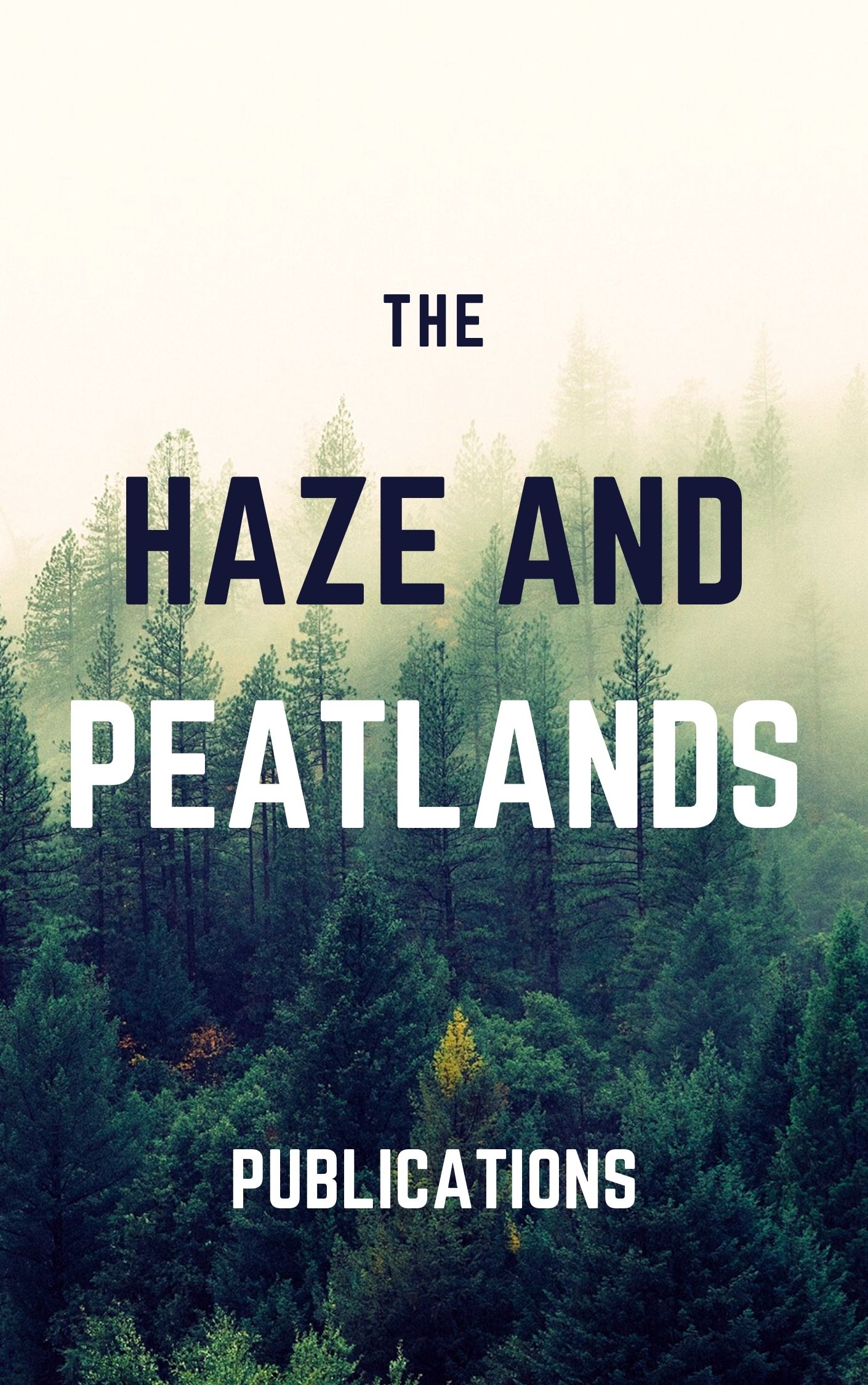The status of tropical peatlands, one of Earth's most efficient natural carbon stores, is of increasing international concern as they experience rising threat from deforestation and drainage. Peatlands form over thousands of years, where waterlogged conditions result in accumulation of organic matter. Vast areas of Southeast Asian peatlands have been impacted by land use change and fires, whilst lowland tropical peatlands of Central Africa and South America remain largely hydrologically intact. To predict accurately how these peatlands may respond to potential future disturbances, an understanding of their long-term history is necessary. This paper reviews the palaeoecological literature on tropical peatlands of Southeast Asia, Central Africa and South America. It addresses the following questions: (i) what were the past ecological dynamics of peatlands before human activity?; (ii) how did they respond to anthropogenic and natural disturbances through the palaeoanthropocene, the period from whence evidence for human presence first appeared?; and, (iii) given their past ecological resilience and current exposure to accelerating human impacts, how might the peatlands respond to drivers of change prevalent in the anthropocene? Through synthesising palaeoecological records, this review demonstrates how tropical peatland ecosystems have responded dynamically, persisting through fire (both natural and anthropogenic), climatic and human-induced disturbances in the palaeoanthropocene. Ecosystem resilience does, however, appear to be compromised in the past c. 200 years in Southeast Asian peatlands, faced with transformative anthropogenic impacts. In combination, this review's findings present a pantropical perspective on peatland ecosystem dynamics, providing useful insights for informing conservation and more responsible management.
View source

